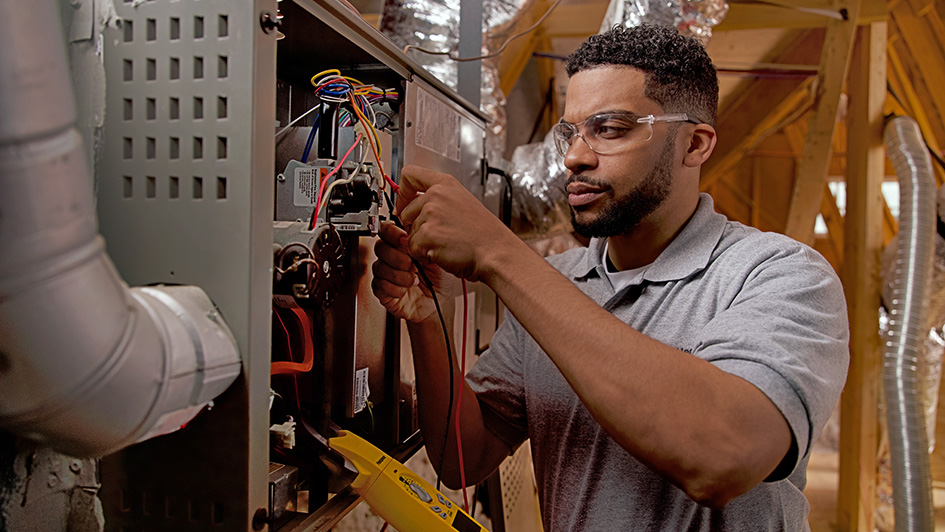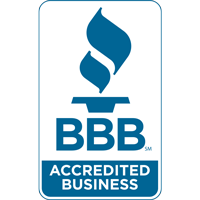
A furnace is usually a background player at home, keeping you warm in the cold winter months. It regularly doesn’t get noticed until something goes wrong.
One source could be that your furnace has a cracked heat exchanger. It can potentially be hazardous, so it’s critical to know the signs of a cracked heat exchanger and what you should do if you are worried that may be the problem.
What Is a Heat Exchanger in a Furnace?
A heat exchanger transfers heat from the combustion chamber of your furnace to the air that moves through the ventilation. It generally handles this with coils or tubes that heat the air while functioning as a barrier to keep gas produced in the combustion chamber, called flue gasses, from leaking out into your home.
Is a Cracked Heat Exchanger Dangerous?
Because of its important role, it’s no surprise that a broken heat exchanger can pose a risk. A crack in the heat exchanger can permit dangerous gasses – like carbon monoxide, which can be lethal – to flow across your home.
For obvious reasons, do NOT use your heating if you think it has a cracked heat exchanger, as this could make your entire family ill. Contact an HVAC professional as soon as possible if you believe your heater has a cracked heat exchanger that should be repaired.
Four Signs of a Cracked Heat Exchanger:
- Furnace turns off: A cracked heat exchanger may cause your furnace to shut off.
- Odd Smells: If the air coming out of your furnace has a powerful chemical odor, it might be an indicator that gas is seeping through cracks in your heat exchanger. These byproducts, which may smell like formaldehyde, are a common warning sign.
- Carbon monoxide alarm goes off or you notice health problems: If a cracked heat exchanger is relieving carbon monoxide in your home, your carbon monoxide alarm may go off or household members may start experiencing signs of carbon monoxide poisoning. Complications include headaches, dizziness, weakness, nausea, vomiting or feeling tired. If the alarm goes off or you feel sick, leave the home right away and then call for help.
- Soot: If you see black sooty collecting around the exterior of your furnace, it’s more evidence something could be seriously wrong.
What You Should Do if Your Furnace Heat Exchanger is Cracked
If you suspect your furnace has a cracked heat exchanger, call a professional experienced in furnace installation Muldrow right away so they can take a look at your system and, if needed, start a furnace heat exchanger replacement. Costs will differ depending on the situation, but estimates can roughly suggest $1,000 to $3,000.
Estimates aside, the good news is that heat exchangers are regularly included in the warranty. You’ll want to check the warranty paperwork on your furnace, because while the warranty won't always cover the entire cost of repairs, it could significantly reduce your bill.
How to Prevent a Cracked Heat Exchanger in Your Home
One of the easiest ways to minimize the risk of problems in your furnace overall is via regular furnace maintenance. Furnaces work the best when they operate efficiently. Hiring a skilled professional to inspect your furnace for broken-down parts, clogs in the air filters and other likely problems can keep you from getting a big bill later on.
It’s also beneficial to take a look at your furnace filters every few months – it’s ideal some filters be replaced every 90 days or sooner if they are dirty or grimy. While the filters are not part of the heat exchanger itself, the strain of pulling air through a clogged filter makes your entire furnace work longer to accomplish its job. And the harder your furnace has to work, the more wear and tear components like the heat exchanger will experience.


